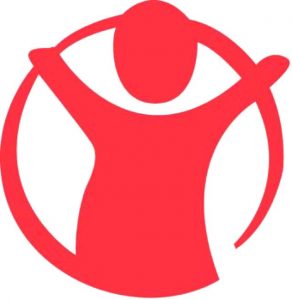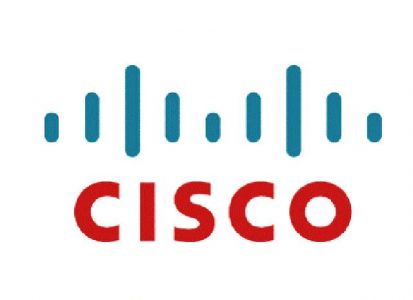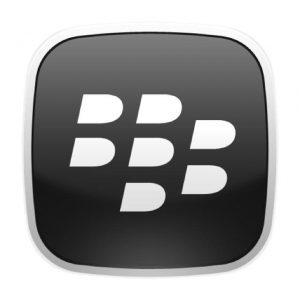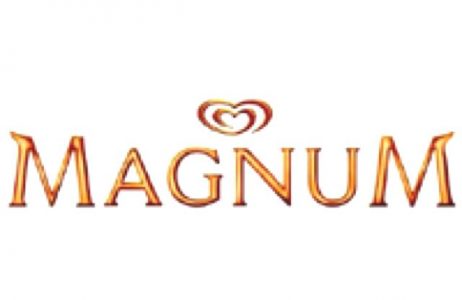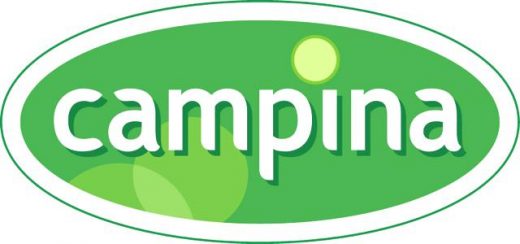Gaelic Scottish Transcription Services
100% Precise and Human Generated Gaelic Scottish Transcription Services!
GoLocalise offers Gaelic Scottish transcription services for audio and video files for business and individual purposes. Our expert team of transcribers will create a text version of your video or audio file, and we can also translate and/or voice over your transcript.
We are your reliable Gaelic Scottish transcription company!
What Is Transcription?
No, this isn’t a trick question and you might be surprised how many people get this wrong. In simple terms, transcription is the process of listening to audiovisual content and writing down what is heard.
Seems simple enough, so what exactly is the part that confuses people?
We used GoLocalise to voice several of our films in Vietnamese. The service was friendly and professional. Being able to attend the recording sessions gave me confidence; the sound engineer had taken a lot of time to familiarise himself with our films and scripts, and the voice talents were incredibly competent and good at adapting to any changes in the scripts as we recorded. The whole process was incredibly smooth and I felt in safe hands.
Let's get started!
Understanding The Difference Between Transcription and Translation
Many people confuse transcription with translation.
If you need a text version of your audiovisual content in a language which is different to the original language of your source material then you need translation (which, by the way, we can also help you with).
If you’re simply in need of a written transcript in the same language as your original audiovisual materials, that is transcription and you’re in the right place.
What Do Our Gaelic Scottish Audio and Video Transcription Services Include?
A voice-to-text method that captures everything spoken, including interjections, signs of emotion (coughs, sighs, chuckles), false starts, and thought process shifts. It’s useful for reference during editing, but not ideal for finished, polished content.
This captures the speech exactly as it’s spoken, omitting filler words but without correcting grammar or sentence structure. It’s useful when accuracy is needed, but without polishing the final result.
Filler words, false starts, and mispronunciations are eliminated, with grammar corrected. This creates a refined document that reads more like proper text, ideal for publishing or any public-facing material.
Learn more about Transcription Services
Let's get started!
What Are the Benefits of Transcribing Your Gaelic Scottish Audio or Video Content with GoLocalise?
There is often confusion between transcription and translation. If you need a version of your audiovisual content in a different language, the you you require translation (which we can also assist with). However, if you simply need a written transcript in the same language as your original content, then transcription is what you need — and you’ve come to the right place.
Take a podcast, for instance. By providing a text version of your audio content, search engines like Google can easily index and include it in their search results. When people search for keywords related to your subject matter, they’re far more likely to come across your material. This not only boosts your visibility but also significantly increases traffic to your site, expanding your reach and enhancing your online presence.
Journalists, bloggers, and other content creators often rely on quotes and citations to back up their arguments. When faced with two equally credible sources, one of which has already been transcribed, the transcribed version is much more likely to be chosen. Having your content available in written form makes it far easier for others to reference and quote, increasing the chances of your material being used in a variety of publications and discussions.
Creating high-quality audiovisual content, whether a podcast or a video, is both time-consuming and expensive. Why restrict it to just one format or platform? With a transcript, you can repurpose your content into a range of new formats, such as blog posts, social media updates, or short teaser clips that can attract new audiences. This process not only drives more traffic to your site but also ensures that your original content continues to serve a variety of purposes, maximising its value and impact.
One of the most important benefits of transcription is the increased accessibility it provides, particularly for people with hearing impairments. Without a written transcript, your audio or video content remains completely inaccessible to the deaf and hard-of-hearing communities. Providing a transcript ensures that everyone, regardless of their hearing ability, can engage with your content, helping to make your message more inclusive and far-reaching.
In the UK alone, there are approximately 550,000 Polish speakers, along with over a million speakers of languages such as Punjabi, Gujarati, Bengali, and Urdu. For many second-language speakers, especially when the content involves complex topics or colloquial expressions, following along with audio in a non-native language can be challenging. By providing a written transcript, you give these audiences a valuable resource to help them understand and engage with your content more effectively, bridging the gap between language barriers.
Creating your audiovisual content, whether that's a podcast or a video of some kind, is often an incredibly time-consuming and expensive process. So why use it for only one purpose? You can use a transcription to repurpose your materials into a blog or social media post, to drive traffic to your website, to use as a teaser to bring people to a full-length podcast, and many more uses too.
Can I Use a Transcription As Subtitles?
Yes, and no. GoLocalise specialises in anything audiovisual so of course if you’re in need of a full subtitling service we can absolutely help with that too, and in fact transcription is an integral part of the process when creating a same-language subtitle file.
The main difference here would be that subtitling also requires very precise technological know-how so that the resultant subtitles follow subtitling conventions and don’t prove to be distracting to the viewer.
A transcription by default won’t necessarily follow these guidelines and is better suited for other purposes, such as the ones listed above.
Tap Into Our High Quality Gaelic Scottish Transcription Services Now!
So, whatever your reason for transcribing your audio or video content in Gaelic Scottish, we’re happy to help.
Whether it’s to make your Gaelic Scottish podcast more accessible to people with hearing impairments, for use as a starting point for a video localisation project, or for any other reason, our experience in these fields has made us the top choice for clients all over the world who want to get more out of their audiovisual content.
Our transcriptionists specialise transcribing Gaelic Scottish content, but also other audiovisual content from many other languages, consistently ensuring high-quality results.

Leave your project to the experts at GoLocalise so that you can relax and be assured of getting top-notch results
Every single detail will be analysed, studied and looked after so that you do not need to worry.
Some would say it’s not too classy to blow our own trumpet… but we just like to point out two very important details.
We have achieved ISO 9001 Quality Management certification in recognition of our consistent performance and high standards, and ISO 14001 Environmental Management because we care about our planet!
And if you are still curious and want to know more about us, why not have a look at our studio page.
Learn more about Transcription Services
Let's get started!
Reach your target market
Don’t leave your important communication to chance. Make sure your message is clearly understood by your audience and choose GoLocalise for your next voice over project. Check out our latest case studies.
We have thousands of passionate and professional voice over artists ready to work with you. Meet some of them in our blog stories.
No matter the type of voice you are looking for, we’ll either have it in our books or find it and source it for you. We’ll organise a casting and ensure you get the perfect voice to suit your needs.
You will also benefit from having your own dedicated project manager – a single point of contact – to guide you through your project, answer any questions you may have and make things a whole lot easier.


Meet your dedicated project manager
Your project will be in the safe hands of one of our multilingual project managers. They will guide you through every step and ensure you understand the process.
Our industry has a tendency to use lots of technical jargon but your dedicated project manager will be on-hand to untangle the mess and explain all you need to know to ensure you only pay for what you need.
If you need help in choosing the right voice over talent to deliver your message then just ask your project manager.
From booking our voice over recording studios to ensuring you project is delivered on time in your chosen media, relax and let your experienced project manager take care of everything.
You will receive unparalleled attention to detail and customer focus at competitive prices. You’ll wish everything was as easy as a GoLocalise voice over agency!
Perfect voice over recording studios
Your most discerning customers will thank you for choosing our modern state-of-the-art recording studios. Every detail has been carefully thought through for your comfort, leaving you to simply focus on what matters most – the voice over session.
Your recordings will sound beautiful and crystal clear thanks to our high-end studio sound-proofing and audio equipment, i.e. ProTools HD and Neumann microphones.
Maximise your budget by reducing the need for retakes with the help of our experienced in-house sound engineers who will professionally capture and edit your audio.
And for those recordings in languages which neither you nor your client speak, we’ll bring a qualified pro to your session to add that essential ingredient.
To make you feel right at home, we provide high-speed Wi-Fi Internet and air-con is available. And last but not least, we have the biggest cookie jar you’ve ever seen, that’ll make your custom brew taste even sweeter!
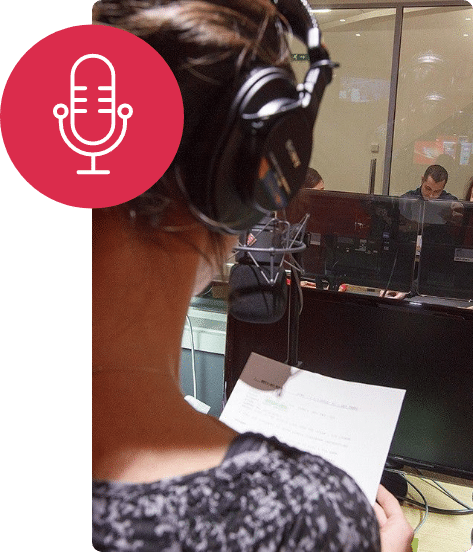
What our happy customers say
Marion Hirst
Translation Project Manager at Language Wire
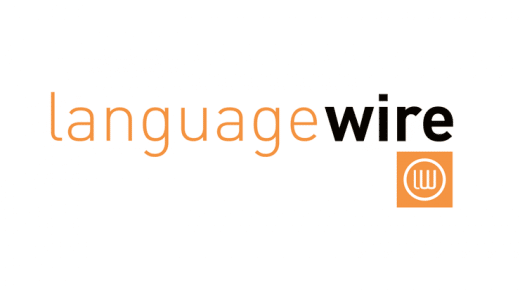
Josie Gallo
Content Co-ordinator at Medical Aid Films
Thomas Kennedy
Designer at Atlas Knowledge
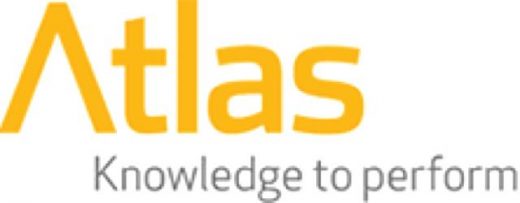
Patricia Leon-Fedorko
Account Specialist at Advanced Language

Philippa Strandberg-Long
Deputy Course Leader - Acting, Italia Conti
Nicola
English UK Voice Over Talent

Price Match Promise
Challenge Our Prices, Enjoy Our Quality
A Brief History Of Gaelic Scottish
Scottish Gaelic, sometimes also referred to as Gaelic, is a Celtic language native to Scotland. A member of the Goidelic branch of the Celtic languages, Scottish Gaelic, like Modern Irish and Manx, developed out of Middle Irish, and thus is ultimately descended from Old Irish.
The 2011 census of Scotland showed that a total of 57,375 people (1.1% of the Scottish population aged over three years old) in Scotland could speak Gaelic at that time, with the Outer Hebrides being the main stronghold of the language. The census results indicate a decline of 1,275 Gaelic speakers from 2001. A total of 87,056 people in 2011 reported having some facility with Gaelic compared to 93,282 people in 2001, a decline of 6,226.Despite this decline, revival efforts exist and the number of speakers of the language under age 20 has increased.
Scottish Gaelic is not an official language of the European Union or the United Kingdom. However, it is classed as an Indigenous language under the European Charter for Regional or Minority Languages, which the British government has ratified, and the Gaelic Language (Scotland) Act 2005 established a language development body, Bòrd na Gàidhlig, “with a view to securing the status of the Gaelic language as an official language of Scotland.
Outside Scotland, a dialect known as Canadian Gaelic is spoken in parts of Eastern Canada. In 2011, there were approximately 1,500 Gaelic-speakers in Canada with the vast majority in the province of Nova Scotia. About 350 Canadians in 2011 claimed Gaelic as their “mother tongue”.
Aside from “Scottish Gaelic”, the language may also be referred to simply as “Gaelic”. In Scotland, the word “Gaelic” in reference to Scottish Gaelic specifically is pronounced [ˈɡalɪk], while outside Scotland it is often pronounced /ˈɡeɪlɨk/. Outside Ireland and Great Britain, “Gaelic” may refer to the Irish language.
Scottish Gaelic should not be confused with Scots, the English-derived language varieties which had come to be spoken in most of the Lowlands of Scotland by the early modern era. Prior to the 15th century, these dialects were known as Inglis (“English”) by its own speakers, with Gaelic being called Scottis (“Scottish”). From the late 15th century, however, it became increasingly common for such speakers to refer to Scottish Gaelic as Erse (“Irish”) and the Lowland vernacular as Scottis. Today, Scottish Gaelic is recognised as a separate language from Irish, so the word Erse in reference to Scottish Gaelic is no longer used.
Many historians mark the reign of King Malcom Canmore (Malcolm III) as the beginning of Gaelic’s eclipse in Scotland. In either 1068 or 1070, the king married the exiled Princess Margaret of Wessex. This future Saint Margaret of Scotland was a member of the royal House of Wessex which had occupied the English throne from its founding until the Norman Conquest. Margaret was thoroughly Anglo-Saxon and is often credited (or blamed) for taking the first significant steps in anglicising the Scottish court. She spoke no Gaelic, gave her children Anglo-Saxon rather than Gaelic names, and brought many English bishops, priests, and monastics to Scotland. Her family also served as a conduit for the entry of English nobles into Scotland. When both Malcolm and Margaret died just days apart in 1093, the Gaelic aristocracy rejected their anglicised sons and instead backed Malcolm’s brother Donald as the next King of Scots. Known as Donald Bàn (“the Fair”), the new king had lived 17 years in Ireland as a young man and his power base as an adult was in the thoroughly Gaelic west of Scotland. Upon Donald’s ascension to the throne, in the words of the Anglo-Saxon Chronicle, “the Scots drove out all the English who had been with King Malcolm”. Malcolm’s sons fled to the English court, but in 1097 returned with an Anglo-Norman army backing them. Donald was overthrown, blinded, and imprisoned for the remaining two years of his life. Because of the strong English ties of Malcolm’s sons Edgar, Alexander, and David – each of whom became king in turn – Donald Bàn is sometimes called the ‘last Celtic King of Scotland’. He was last Scottish monarch to be buried on Iona, the one-time centre of the Scottish Gaelic Church and the traditional burial place of the Gaelic Kings of Dàl Riada and the Kingdom of Alba.
During the reigns of the sons of Malcolm Canmore (1097-1153), Anglo-Norman names and practices spread throughout Scotland south of the Forth-Clyde line and along the north-eastern coastal plain as far north as Moray. Norman French became dominant among the new feudal aristocracy, especially in southern Scotland, and completely displaced Gaelic at court. The establishment of royal burghs throughout the same area, particularly under David I, attracted large numbers of foreigners speaking ‘Inglis’, the language of the merchant class. This was the beginning of Gaelic’s status as a predominantly rural language in Scotland. The country experienced significant population growth in the 1100s and 1200s in the expanding burghs and their nearby agricultural districts. These economic developments surely helped spread English as well.
Gaelic still retained some of its old prestige in medieval Scotland. At the coronation of King Alexander III in 1249, a traditional seanchaidh or story-teller recited the king’s full genealogy in Gaelic all the way back to Fergus Mòr, the mythical progenitor of the Scots in Dál Riata, “in accordance with the custom which had grown up in the kingdom from antiquity right up to that time”. Clan chiefs in the northern and western parts of Scotland continued to support Gaelic bards who remained a central feature of court life there. The semi-independent Lordship of the Isles in the Hebrides and western coastal mainland remained thoroughly Gaelic since the language’s recovery there in the 12th century, providing a political foundation for cultural prestige down to the end of the 15th century.
That being said, it seems clear that Gaelic had ceased to be the language of Scotland by 1400 at the latest. It disappeared from the central lowlands by c1350 and from the eastern coastal lowlands north of the Mounth not long afterwards. By the mid-1300s English in its Scottish form – what eventually came to be called Scots—emerged as the official language of government and law. Scotland’s emergent nationalism in the era following the conclusion of the Wars of Scottish Independence was organized using Scots as well. For example, the nation’s great patriotic literature including John Barbour’s The Brus (1375) and Blind Harry’s The Wallace(bef. 1488) was written in Scots, not Gaelic. It was around this time that the very name of Gaelic began to change. Down through the 14th century, Gaelic was referred to in English as ‘Scottis’, i.e. the language of the Scots. By the end of the 15th century, however, the Scottish dialect of Northern English had absorbed that designation. English/Scots speakers referred to Gaelic instead as ‘Yrisch’ or ‘Erse’, i.e. Irish. King James IV(d. 1513) thought Gaelic important enough to learn and speak. However, he was the last Scottish monarch to do so.
The Complete Solution To Adapt Your Content
Looking to get your entire project under one roof? Look no further, we can help you make life easier for you!

- Neumann Microphones
- On-hand Sound Engineers
- Talented Voice Over Actors
- State-of-the-art Recording Studios

- Tailored to Your Business
- Stringent Quality Control Process
- Laser-Focused Project Managers
- Global Network of 600+ Languages

- Professional Subtitlers
- Open/Closed Captions & Web
- Industry-Standard Software
- Subtitle Burn-in & Graphic Editing

- Improve accessibility
- Reach a wider audience
- Increased SEO and video views
- Maximise your video's engagement
